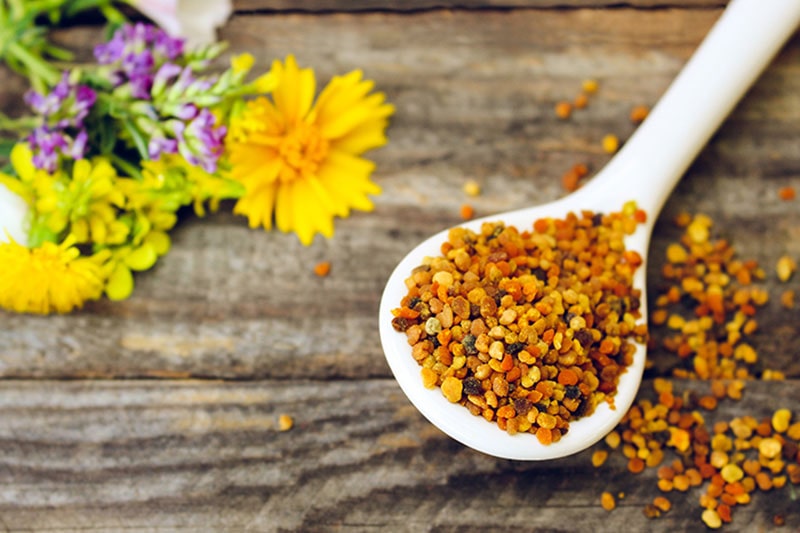

The amount of certain nutrients can vary, depending on the plant species from which the bees collected the pollen.Īll three major nutrients (carbohydrates, protein and fat) and a wide variety of additional nutrients are found in bee pollen. Over 200 substances are found in the pollen grains from different plant species. Is bee pollen nutritious?īee pollen contains many nutrients. Or grind the granules into powder and mix them with food such as yogurt, smoothies or honey. The collected pollen is then dried and packaged to be sold as granules, powder or in pill form.īee pollen granules should be soaked for two to three hours before consuming them. When the bees enter the hive, a small amount of pollen is knocked off their baskets and collected in a drawer underneath the hive. The bees then fill their hive with the pollen to feed their young.īeekeepers harvest the pollen from bees by using traps attached to the hive opening. What is bee pollen?īees collect pollen from plants and pack it in little “baskets” on their back legs. If you are considering using it, do your homework and discuss with your primary care provider. But some is false, and some remains uncertain. You also may hear that it prevents cancer, balances hormones, improves athletic performance, promotes weight loss and reduces allergies, among many other health claims.


In the eternal quest to discover the next “superfood,” bee pollen is gaining popularity.īee pollen is often marketed as an effective dietary supplement that has anti-inflammatory and antimicrobial properties. Uncertainties continue around use of bee pollen


 0 kommentar(er)
0 kommentar(er)
